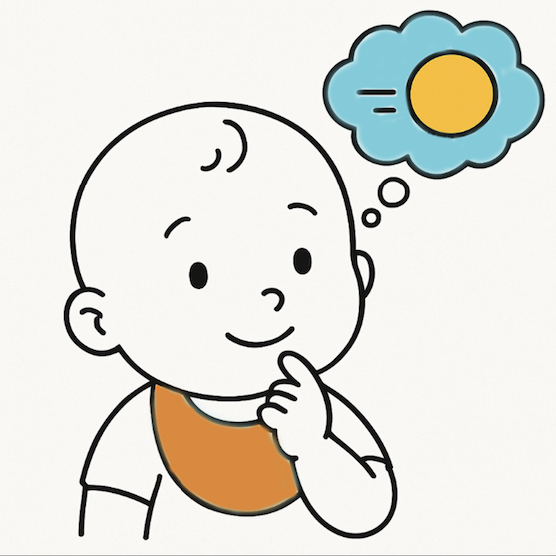
Minds in Motion
Developing Minds Lab @ BU (Boston University)
Who Can Participate |
for 14 month olds. |
What Happens |
In this study, your baby will see a series of videos showing two objects moving. The two objects will become covered by a wall, and they will then be revealed to be at locations that are either correct or incorrect according to their previous motion trajectories. We are interested in whether babies are surprised when the objects are in the incorrect places. Therefore, we are interested in where and how long babies look for. To help us measure this, we ask that you let your baby watch and listen without talking or interfering in any way. |
What We're Studying |
We are interested in how the youngest minds think about moving objects: How much detail can babies represent about multiple motion trajectories? Though research has shown that babies can have early expectations about moving objects, such as for those objects to continue moving and to not pass through solid walls, no work has been done on the amount of motion information a baby can process and use in predictions at once. In everyday life, we are constantly making predictions about what our surroundings will look like in the next few moments, whether we are aware of it or not. What are our early capacities for this skill? In this study, we investigate whether babies are able to keep track of two objects moving at different speeds, and, whether they can continue to represent the objects' motion trajectories as they become hidden. By measuring how babies react to the revealed locations of the objects that are either correct or incorrect with their motion trajectories, we can better understand the amount and type of information babies can represent and use in motion prediction. |
Duração |
10 minutes |
Compensação |
$5 Amazon e-gift card. One gift card per participant within our age range. The child must be visible in the consent video. Compensation (amazon claim code) will be delivered via Lookit's messaging system within 5 business days. |
Este estudo é realizado por Melissa Kibbe (devmind@bu.edu).